Homeless Encampment Beside the Tracks Bulldozed with Little Warning
People at Work Had No Time to Retrieve Their Belongings
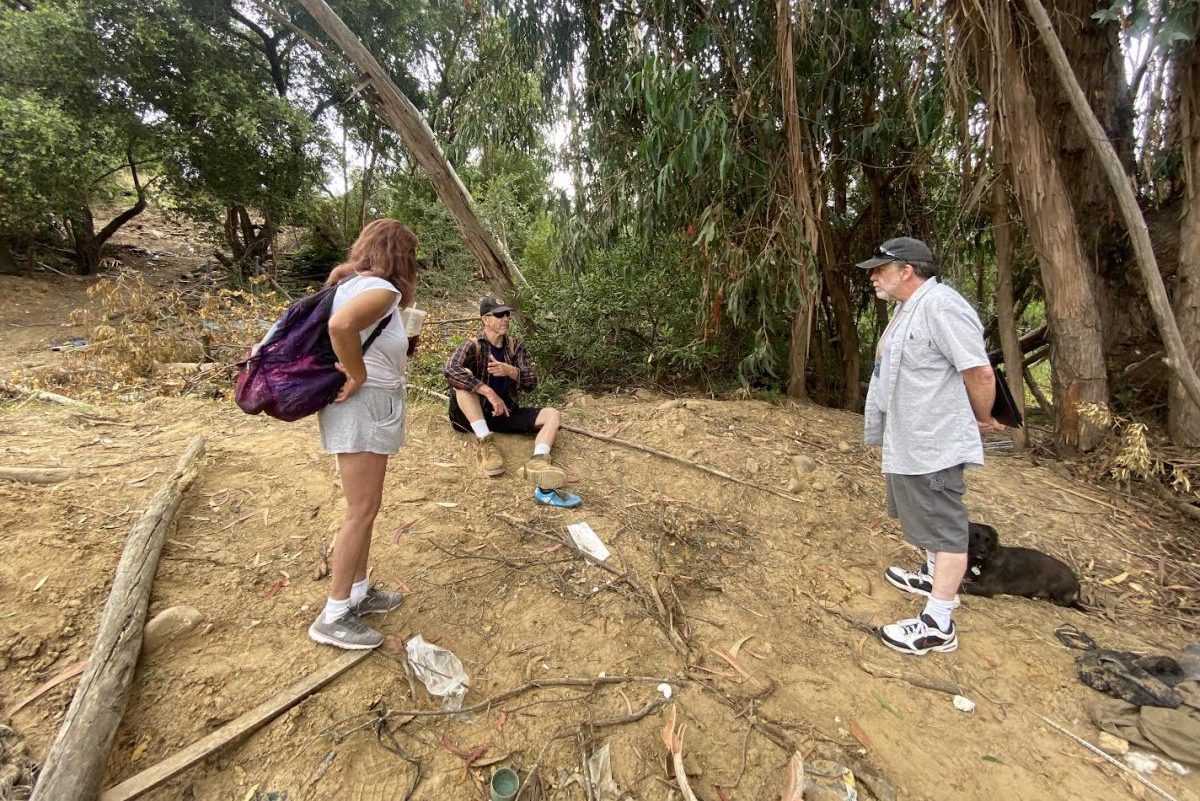
Amid the recent wave of “renovictions” and skyrocketing rent, it is an understatement to say Santa Barbara has a housing problem. Home to some of the wealthiest people in the country, the coastal county is now the site of countless homeless encampments.
One of the camps, sandwiched between the 4500 block of Hollister Avenue and the railroad tracks, is near the site of yet-to-be-built temporary homes for unhoused community members. The project, known as La Posada, has left residents of the encampments with less than they had before. The cleared area reaches the parking lot for La Posada, said social worker David Hopkins.
On May 18, 2023, bulldozers appeared, and workers issued a 20-minute warning that residents had to gather all their belongings and vacate the premises, or they would be arrested. “It was worse than a tornado,” said Hopkins, who is known as “Hopper” by his clients. “They told everyone to leave, but people had no place to go.” Several of the 15 residents whose shelters were bulldozed were at work when the dozers arrived and were unable to save any of their belongings.
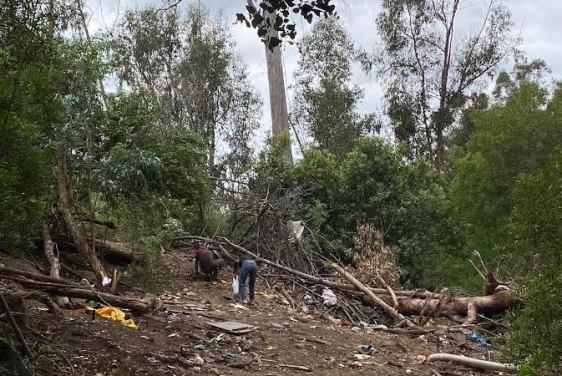
Months earlier, the encampment had received a 48-hour notice that bulldozing would occur — on March 1. A prior resident of the encampment, Gina Quiroz, stated that “false promises” are a cornerstone of the homeless experience. Quiroz recounted telling her neighbors that Union Pacific would most likely not follow up when the notice was issued, and she was correct — for two and a half months.
When the County Board of Supervisors approved La Posada, set at the former juvenile hall facility, roughly 60-90 people were said to live in 47 camps in the area. The portion bulldozed in May was on private property owned by Union Pacific Railroad Company.
“These encampments aren’t simply trespassing on railroad property, they place the people in these encampments in dangerous proximity to trains,” said Union Pacific spokesperson Mike Jaixen. People are frequently struck and killed by trains in Santa Barbara County, with the most recent incident just over a month ago.
Despite motives rooted in public safety, the residents of the encampment are left feeling betrayed and disrespected. Several people return to the site daily to dig for their belongings in the rubble left onsite. Residents lost everything from clothing to jewelry to art supplies. “It’s a misuse of power against people who are less fortunate,” said Quiroz.
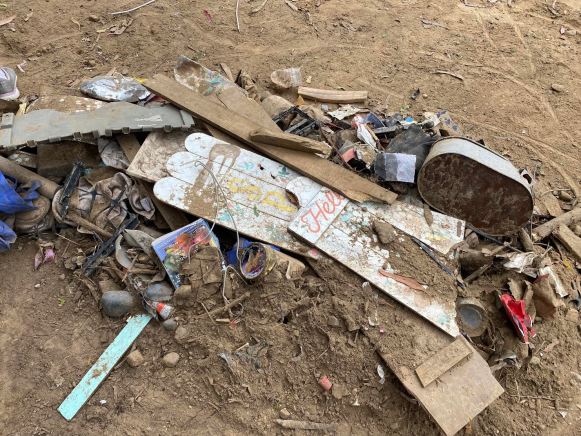
Among the things homeless people often lack is the means to access to existing resources. Hopkins was there to finalize declarations and assist the residents in taking legal action. One resident told Hopkins she recognized the importance of filling out the paperwork, but that it was difficult to find a pen or paper to do so.
“Homelessness is a challenging issue and a growing social problem that state and local governments are struggling to get their arms around,” said Jaixen. Santa Barbara County recently received $6 million in state funding to transition unhoused community members to interim housing. Those funds are going toward relocating the people in this encampment and others near riverbeds and creek systems, where environmental threats posed by pollution and human waste flowing to the ocean are magnified.

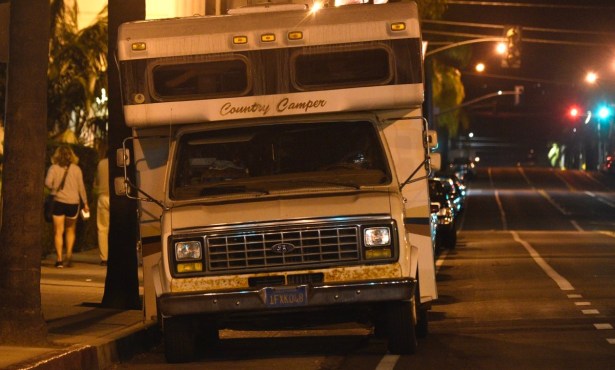
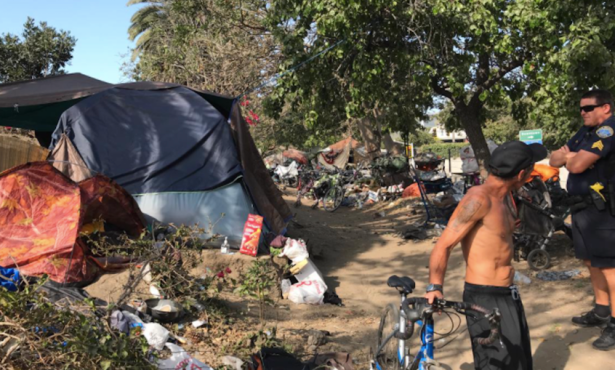

You must be logged in to post a comment.